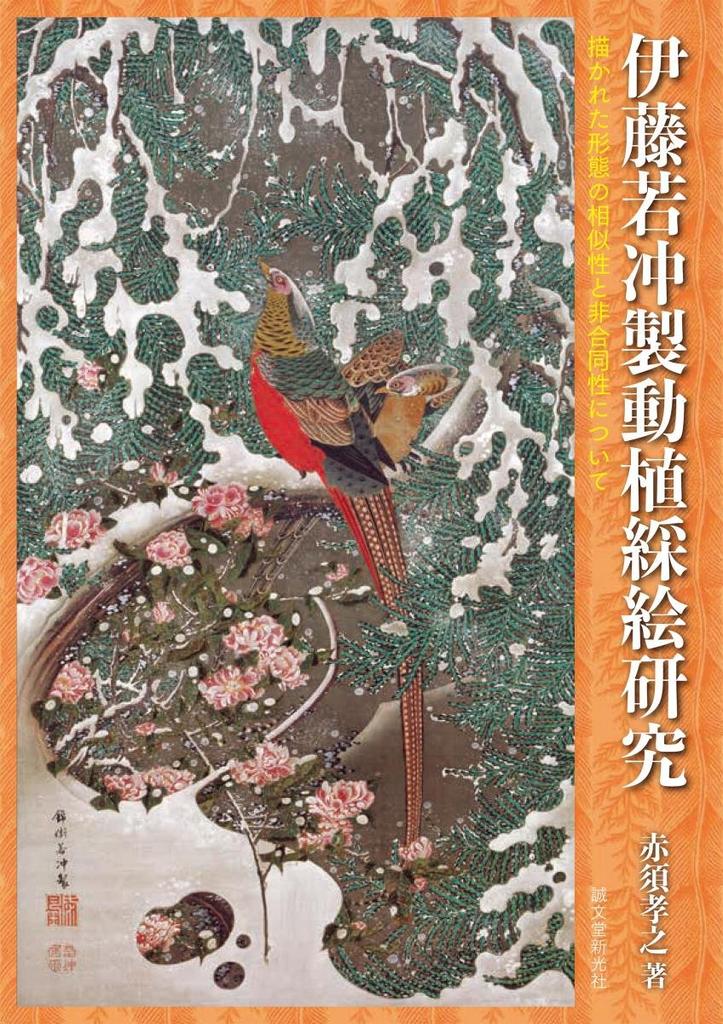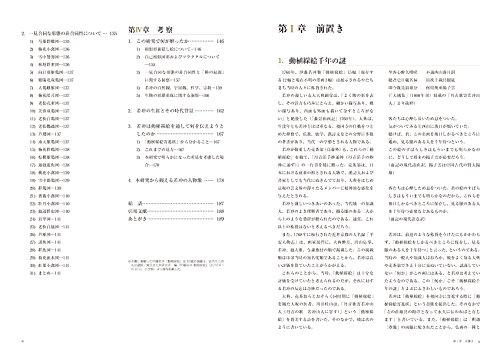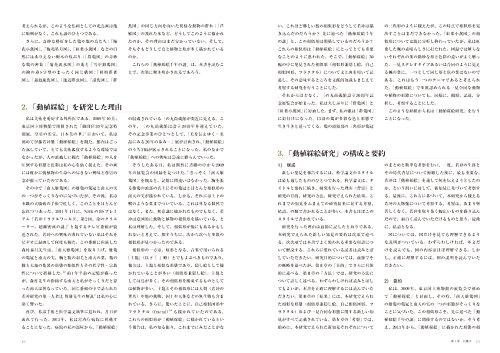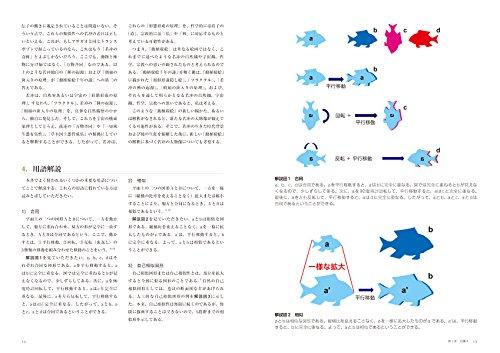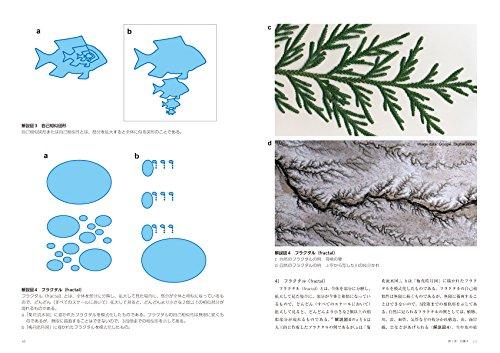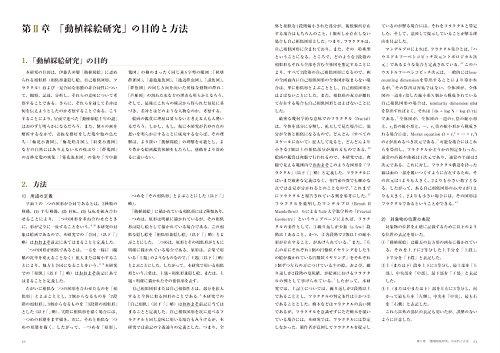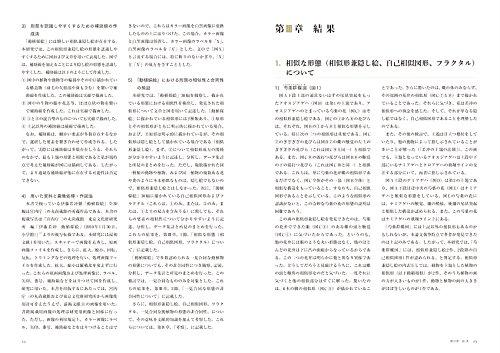The Thousand-Year Mystery of the "Scattered Animals and Plants" - Jakuchu's Message Hidden in the Painting
In 1760, Ito Jakuchu first exhibited his "Scattered Animals and Plants" and was immediately praised by the public of the time.
Two leading intellectuals of the time also praised it highly.
However, Jakuchu's reaction to this was strange.
An Osaka doctor who saw the painting wrote that Jakuchu said, "I will store the "Scattered Animals and Plants" in a proper place and wait a thousand years for someone with the discerning eye to appreciate it." There is "something" in this painting that not only the average person of the time, but even these two leading intellectuals, did not fully appreciate.
This "something" is precisely what Jakuchu thought deserves to be called the "Scattered Animals and Plants"'s Thousand-Year Mystery.
"Scattered Animals and Plants" is considered a type of Buddhist painting, but there are no other examples of flower and bird paintings like this one.
Furthermore, there are chickens and other birds in strange poses, tree branches that do not exist in nature in works such as "Plum Blossoms and Small Birds," "Plum Blossoms and a Bright Moon," and "Small Birds with Autumn Leaves," the strange crowd of chickens in "Flock of Chickens," the identical inverted S-shaped composition of the chrysanthemums in "Chrysanthemums and Flowing Water" and the cypress trees in "Snowflakes and Golden Pheasants," the strange flocks of animals facing the same direction in "Flock of Sparrows in an Autumn Pond," "Fish Playing in a Lotus Pond," "Flock of Insects by a Pond," "Various Fish," and "Flock of Fish," and the cracked ice in "Reeds and Geese."
Why they were painted in this way remains a mystery.
And why was the "Illustrated Animals and Plants Picture Book" painted in the first place?
These "thousand-year-old mysteries of the illustrated animal and plant picture book" will gradually become clear as you read this book.
The key to solving this mystery lies in the existence of numerous "hidden images" that have been overlooked for over 250 years and the "similarities" and "non-congruences" of the depicted forms.
The author carefully explains these findings, examining their meaning and revealing Jakuchu's true message contained in "Dobutsu Sai-e."
Furthermore, these new discoveries present a new image of Jakuchu.
[Main Contents of This Book]
Chapter 1: Introduction
The Thousand-Year Mystery of Dobutsu Sai-e / Reasons for Studying "Dobutsu Sai-e" / Structure and Summary of "Dobutsu Sai-e Research" / Glossary
Chapter 2: Purpose and Method of "Dobutsu Sai-e Research"
Purpose and Method of "Dobutsu Sai-e Research"
Chapter 3: Results
On similar forms (similar forms and hidden pictures, self-similar figures, fractals) / On the incongruence of seemingly congruent forms (explained for a total of 30 panels each). Peony and Butterflies / Plum Blossoms and Small Birds / Mandarin Ducks in the Snow / Sparrows in an Autumn Pond / Rooster with Sunflowers / Hydrangea and Two Roosters / Large Rooster and Male/Female Rooster / Plum Blossoms and a Bright Moon / Old Pine Peacock (Pictures: Two Roosters with Hibiscus, Old Pine and White Rooster, Old Pine and Parrot, Reeds and Geese, Nandina Rooster, Flock of Cranes with Plum Blossoms, Rooster with Palm Trees, Fish Playing in a Lotus Pond, Peach Blossom and Small Birds, Golden Rooster in the Snow, Flock of Roosters, Roses and Small Birds, Peonies and Small Birds, Flock of Insects by a Pond, Shell Shell, Old Pine and White Phoenix, Reeds and Geese, Various Fish, School of Fish, Chrysanthemums and Flowing Water, Autumn Leaves and Small Birds)
Chapter 4: Discussion
What Did This Study Reveal? / Jakuchu's Life and the Historical Background / What Was Jakuchu Trying to Convey through the Animal and Plant Picture Book? / Jakuchu's Personality as Seen Through This Study









